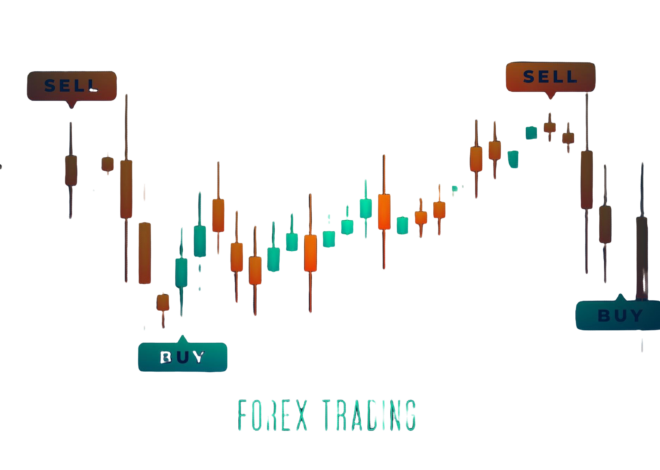
How to Automate Forex Trading with API
If you’re looking to automate Forex trading with API, you’re in the right place. Automation can simplify your trading and make it more efficient. Here’s a simple guide to help you get started with automating Forex trading with API and why it’s a smart move.
What Is API in Forex Trading?
An API, or Application Programming Interface, is a tool that allows different software to interact with each other. In Forex trading, an API can link your trading platform to data sources or brokers, helping you automate Forex trading with API.
Insight Ease offers several APIs, including the Forex Exchange Rate API and Forex API for Real-time Quote, which can help you with real-time data and automatic trade execution. These tools are designed to make your trading experience smoother and more efficient.
Why Automate Forex Trading with API?
Here’s why you might want to automate Forex trading with API:
- Speed: APIs can execute trades much faster than a human can. This speed is crucial in Forex trading where timely decisions are key.
- Consistency: Automated trading helps you stick to your strategy without letting emotions get in the way. Your trades follow set rules.
- 24/7 Trading: The Forex market operates all day, every day. Automation allows you to trade around the clock, even while you sleep.
- Better Data Integration automate Forex trading with API: With APIs, you can integrate data from various sources, ensuring you’re always working with up-to-date information.
Features to Look for in a Forex API
When choosing an API to automate Forex trading with API, keep these features in mind:
- Real-time Data: APIs should provide up-to-date information for making informed trading decisions. The Forex Data Integration API is great for this.
- Historical Data: Access to past data helps in analyzing trends. Look for APIs with extensive historical data.
- Market Depth: This feature shows how much of a currency is available at different prices, which can be very helpful.
- Flexibility: Your trading needs might be unique, so pick an API that can be customized to your requirements.
How to Get Started with Forex Trading API
Here’s a step-by-step guide to automate Forex trading with API:
- Select Your API: Choose an API that fits your needs. Insight Ease offers options like the Forex API for Brokers and Forex Trading API.
- Integrate the API: Connect the API to your trading platform. This usually involves some coding, but don’t worry; most APIs provide clear instructions.
- Set Up Your Strategy: After integrating the API, you can set rules for how and when trades should be executed.
- Monitor and Adjust: Even though your trading is automated, you should keep an eye on it. Markets change, and so should your strategies.
Tips for Successful automate Forex trading with API
- Test Your Strategy: Before going live, test your strategy using historical data. This helps in understanding how it might perform.
- Start Small: Begin with smaller trades when using automated systems for the first time. This way, you minimize risk while ensuring everything works as expected.
- Keep Learning: Stay updated on market developments and adjust your strategies as necessary.
- Use Reliable Data: Ensure you use trusted APIs for your data needs. Insight Ease offers reliable solutions.
Why Choose Insight Ease for Forex Trading?
Insight Ease stands out for its reliable and comprehensive APIs. They provide a suite of tools, including:
- Comprehensive Data: Over 30 years of historical data and real-time rates for more than 180 currencies.
- Flexible Access: APIs are accessible via HTTP requests in various programming languages like Python and Java.
- Affordable Pricing: Plans range from $10 to $150 per month, with discounts for yearly subscriptions and a free version with some limitations.
Using Insight Ease API for Your Trades
Imagine you’re trading the EUR/USD currency pair. With Insight Ease’s Forex API for Brokers, you can set up automated trades based on specific conditions. This helps you take advantage of market opportunities without constantly monitoring the market.
Common Issues in automate Forex trading with API
- Over-Optimization: Avoid getting too caught up in refining your strategy based on past data. The market can be unpredictable.
- Technical Problems: Sometimes, technical issues can affect your automated trading. Make sure to choose an API with strong support and documentation.
- Market Changes: The Forex market can change rapidly. Your automated strategy might need adjustments to stay effective.
How Insight Ease Helps with These Issues
Insight Ease offers reliable APIs with detailed documentation and support. Their tools are designed to be user-friendly and adaptable to market changes, helping you overcome common challenges in automated trading.
Final Thoughts on automate Forex trading with API
Automating Forex trading with API can streamline your trading process, reduce emotional decisions, and allow for 24/7 trading. With reliable APIs like those from Insight Ease, you can make sure your trades are based on accurate data and executed quickly.
Whether you’re a developer, a trading platform, or a finance business, Insight Ease provides the tools you need for effective Forex trading.
FAQs
Q1: What is an API in Forex trading?
- An API allows different software systems to communicate, enabling you to automate trades by connecting to real-time data sources.
Q2: How do I automate Forex trading with an API?
- Choose an API, integrate it with your trading platform, set up your trading rules, and monitor the system regularly.
Q3: What benefits do Insight Ease’s APIs offer?
- They offer real-time and historical data, flexible integration, and affordable pricing.
Q4: What challenges might I face with automated Forex trading?
- Challenges include over-optimization, technical issues, and adapting to market changes.
Q5: How can I overcome these challenges?
- Use reliable APIs like Insight Ease’s, test your strategies thoroughly, start with small trades, and keep learning to adjust to market changes.



